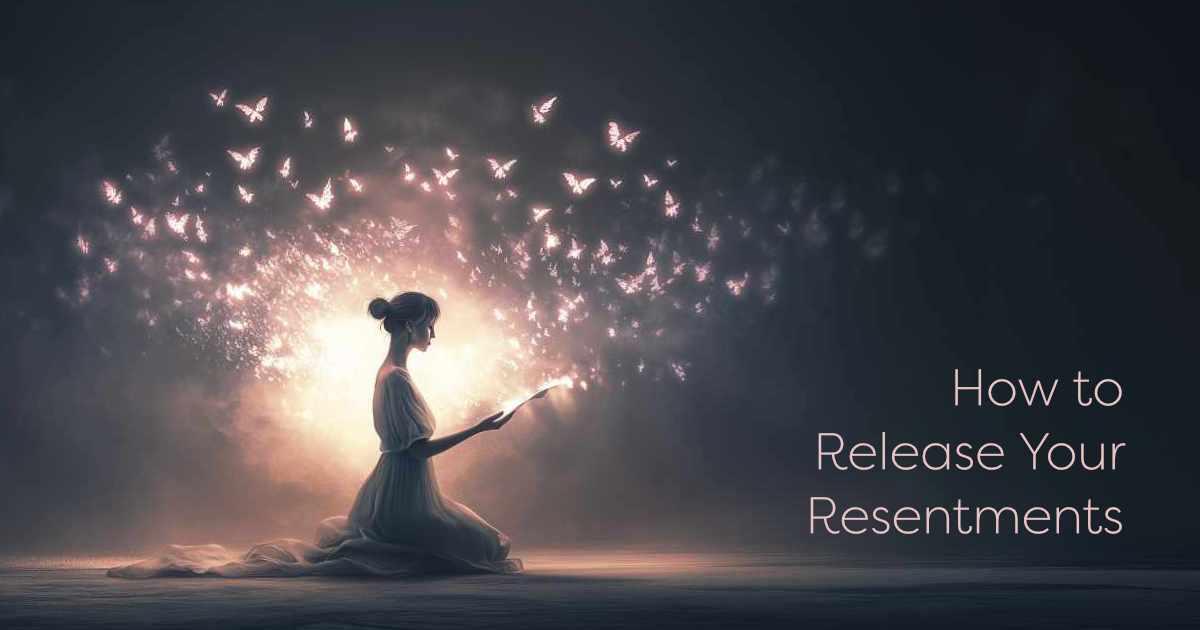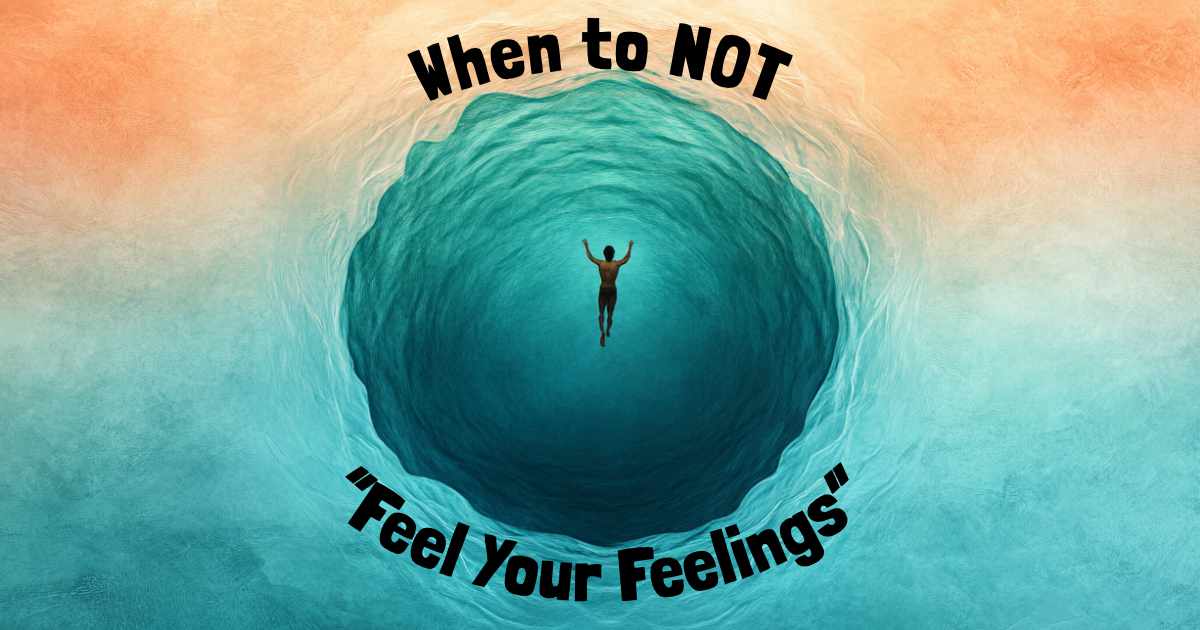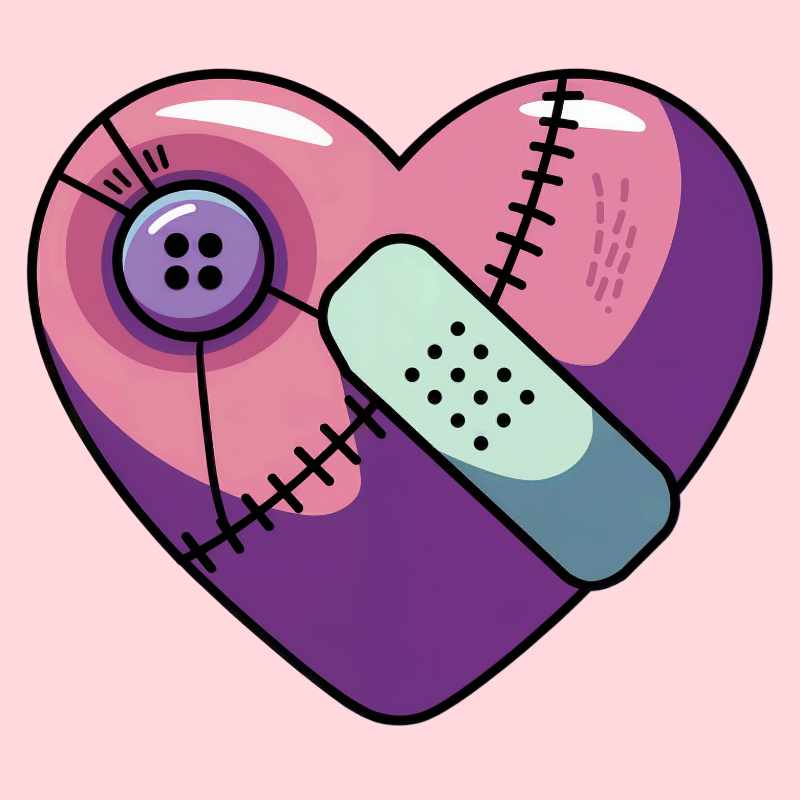
Trauma and Complex PTSD
What is trauma? What is CPTSD? How can I heal myself?
This page is about what trauma is and how to heal it.
Four takeaways I want you to gain from this page
- Trauma is often the root cause of stuckness in your life. Having some level of trauma in our nervous system is a common occurrence and can show up in a lot of subtle ways. Some trauma symptoms are obvious and intense, like nightmares, but there are a lot of low-level symptoms that show up in being persistently stuck in unhelpful patterns that are resistant to change.
- Trauma is characterized by too much, too fast, or too soon. Therefore a lot of trauma healing is about slowing things down, recognizing and validating your boundaries and needs, and learning how to do self-care when overwhelmed. This helps re-regulate the nervous system.
- Different things cause different amounts of stress for different people. People’s nervous systems differ in how much they can absorb and process stress, so the effect that a trauma can have on an individual really depends on that individual and whether or not they have support at the time it occurs, more than it depends on the seeming severity of an event.
- You can heal. You are not broken, sick, damaged, “toxic”, or lost. You are hurt, and you can heal from that hurt. It can take a long time (several years usually) to heal from childhood trauma, but you can get to a far more functional, happy place if you are currently miserable and stuck.
What is trauma?
Trauma is when your body holds on to memories that created overwhelming stress when they occurred, and then responds as if they are still in some way happening. The danger has passed, but your body is still responding as if there is a threat in the present moment. In a sense, that memory is “stuck” in a part of your brain that makes your body think it is current reality rather than a past reality.
Most people are aware of the “fight or flight” response. There are really 4Fs: fight, flight, freeze, and fawn. When we have trauma, these 4Fs show up in times and places they aren’t appropriate, because our brain thinks there is a threat but really there isn’t.
These 4F reactions can range from overt to subtle. Literally running away is flight, but hyperactivity can also be a form of flight (fleeing your internal experience). Freeze can be fully dissociating, or it can show up as a learned helplessness where you never feel capable of doing something. Fawn can be recognized in codependency or people-pleasing behavior.
In trauma, these reactions that are meant to be in-the-moment responses to threat get lodged in our nervous systems and fire off at later times when there is no real threat, but our nervous system does a very broad pattern-match on threats to be on the “safe” side. Therefore anything, that reminds you of the threatening situation can trigger a threat response.
The effects of trauma can range from specific triggers that lead to an immediate shift into a threat response, to chronic nervous system dysregulation.
A healthy nervous system is even-keel. It is not too “up” (excited, angry, hyped up, anxious) or “down” (lethargic, depressed, sad, apathetic). A nervous system with unprocessed trauma can become “stuck” in the “up” position, leading to chronic anxiety or anger, or stuck in the “down” position, leading to chronic depression or fatigue. Any 4F response can also become a habitual way of living, such as someone who constantly avoids social interactions because they trigger anxiety.
What is complex trauma?
Complex PTSD (CPTSD) is a subset of trauma that results from being in overwhelming situations repeatedly with no relief. Often CPTSD refers to childhood trauma (which includes developmental trauma and attachment trauma), but CPTSD can also result from long-term stressful situations that you can’t escape, like an abusive relationship or incarceration.
Because CPTSD is ongoing, it creates much deeper patterned responses, and can affect your sense of self and your core beliefs about the world. Childhood CPTSD often co-occurs with other dysfunctional patterns like codependence, enmeshment, and addiction. These patterns are all in some way adaptations to the chronic stress of living without your needs being met.
A hallmark of childhood trauma are emotional flashbacks, which are confusing because our emotions aren’t appropriate to what is happening, but it’s hard to realize that because it’s not obvious we are even having a flashback. Because we are not re-experiencing any visual memory associated with it, it’s easy to attribute the cause of our feelings is external events, which leads to blame and reactivity, and confuses the healing process.
Emotional neglect is an often overlooked form of harm that is usually unintentional and results from parents not having the emotional skills to fully nurture their child. As a species, we are still learning what kind of emotional environment children need to thrive, and to value the emotional safety of children. Emotional neglect can be difficult to recognize as a source of trauma, because it’s hard to know something was missing if you don’t know what was supposed to be there.
How does trauma show up in everyday life?
Trauma produces symptoms that are persistent, confusing, and resistant to change. Examples of major symptoms include:
- a persistent, harsh inner critic
- inability to consistently engage in self-care
- persistent anxiety
- unstable emotions
- self-hatred or shame
- sleep disturbances
- over-reacting to stress (become very angry, very depressed, etc)
- addictions and compulsive behavior, including disordered eating
- self-medicating of any kind, including food and internet-scrolling
- inability to focus
- breaking into a sweat or getting a body flush out of nowhere
- a sense of emptiness or hollowness
- overwork, over-business, perfectionism
There are also more subtle signs that people often miss:
- persistent fears or avoidance patterns you can’t explain and can’t get around
- when you can’t figure out why you can’t get the things done that you want to get done
- “resistance” that keeps blocking you and you can’t seem to figure out why
- productivity “hacks” don’t work, or don’t work for very long
- it feels like you are making progress but then realize you are back in the same place, again
- you find yourself inexplicably “in a rut” for years
- repeatedly making bad choices for yourself that you can’t explain
- repeatedly saying yes when you want to say no
- chronic avoidance of people or social situations
- any pattern of avoidance, aggression, overwhelm, compulsive behavior, or checking out
Because trauma arises from your nervous system, it is often unconscious. It can feel like you ought to just be able to “get past it”, but you can’t. It’s easy to blame or criticize yourself, or compare yourself to others.
The reality is, it doesn’t matter what anyone else is doing, because they are not living with your nervous system. Trauma creates a kind of invisible disability–one that is often invisible even to yourself.
How do you heal from trauma?
First, let’s talk about what doesn’t help, which is any kind of self-judgement, self-criticism, or trying to force oneself to behave in a “healthy” manner.
No amount of self-criticism helps because you are going up against a primal survival drive in your body that doesn’t feel safe. On a very basic level, your survival system does not care how much you hate yourself or are unsatisfied in life, as long as you are alive. And it keeps you alive by doing what it knows it has survived in the past. This keeps us stuck in patterned behavior.
Create a supportive environment for healing
- safety and stability – Your nervous system needs to be able to return to a “baseline” and stay there for longer and longer periods. This means minimizing stress. If you are in a situation where you are getting continually re-triggered, then changing that to a more stable environment should be your first priority.
- self-acceptance – Self-criticism is a form of self-attack, so it actually activates the nervous system’s threat response more. Self-acceptance is soothing and de-activating.
- community – Surrounding yourself with people and environments that are trauma-informed and supportive is key to changing patterns.
Learn everything you can
Books that have helped me
- Complex PTSD: From Surviving to Thriving by Pete Walker
- The Body Keeps the Score by Bessel van der Kolk
- Healing Your Aloneness by Margaret Paul & Erika Chopich
- Running on Empty: Overcome Your Childhood Emotional Neglect by Jonice Webb
- Waking the Tiger by Peter Levine
- Self-Therapy by Jay Earley (this is about IFS)
- Healing the Shame that Binds You by John Bradshaw
- Adult Children of Emotionally Immature Parents
- Codependent No More by Melody Beattie
- Facing Codependence by Pia Mellody
- Legacy of the Heart: The Spiritual Advantage of a Painful Childhood
- Blind to Betrayal – Why We Fool Ourselves We Aren’t Being Fooled
- I do not recommend “Attached” by Amir Levine. Although it is popular, it vilifies avoidant attachment and doesn’t even cover fearful-avoidant.
YouTube Channels
- Heidi Priebe
- Thais Gibson who runs Personal Development School (also highly recommend)
- Briana MacWilliam
- Crappy Childhood Fairy
- HealthyGamerGG
Create a daily practice of processing your feelings
Start with journalling. If you don’t know where to start, use these prompts:
- What am I feeling?
- What am I needing? (List of Needs)
I also recommend reading my post on Self-Validation.
Read through this article from Pete Walker’s Complex PTSD book: Shrinking the Inner Critic. Regularly read the list of 14 Common Inner Critic Attacks (at the bottom of that page, and in his book’s Appendix). I also used NVC extensively to talk to my inner critic, which helped a lot.
If you work with a therapist, choose carefully
The absolute most important thing is that you feel heard, seen, and validated in your experience. If you don’t, you will not develop the trust you need to let down your guard. The next most important thing is to make sure they have training in the kind of trauma you have, like attachment or complex trauma.
Do not be afraid to interview several therapists, and switch therapists. Any good therapist would rather you get the help you need than keep going when it’s not working.
I like Heidi Priebe’s videos How to Find a Good Therapist and What to Do If You Can’t Afford Therapy. I also wrote a post about How to Process Trauma By Yourself (Without Therapy).
Keep trying things
There are so many different methodologies and healing methods out there. Everyone’s healing journey is a little different, and there’s no one-size-fits-all approach because everyone’s trauma involves different wounds.
If something works for you, commit to doing it for as long as has juice for you. I spent several years doing ecstatic dance, because it was a way to practice being in my body around other people. When I was a young adult, watching Seventh Heaven was healing for me, because it was a far more functional family than my own. Nourishment can come from anywhere. When you find something that works, use it.
Just be careful if you seem to be using something more for escape than for healing–healing is the opposite of escape. Healing is going toward the broken places inside you, with overwhelming love, until the wound heals.
I wish you all the best on this journey. It’s hard, but it’s worth it.
Self-love is a set of skills you can learn
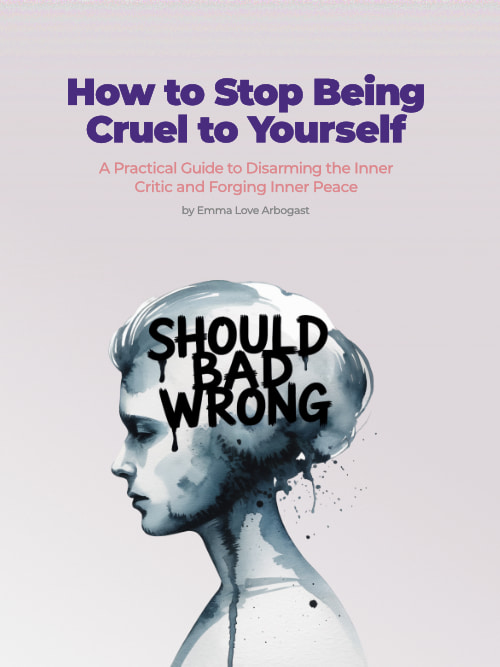
Stop Being Cruel to Yourself
$2.99
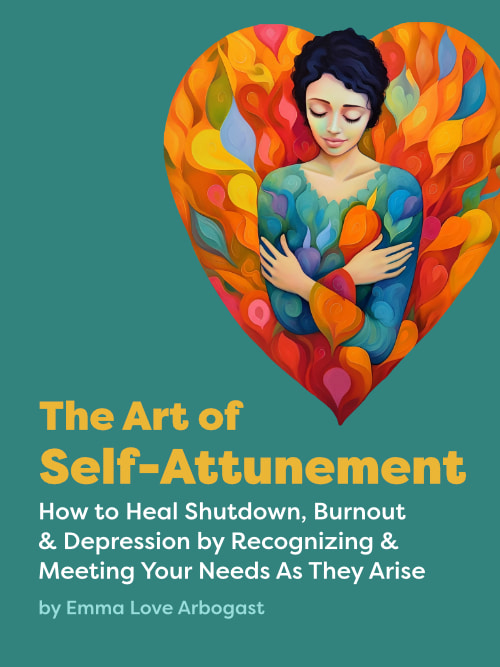
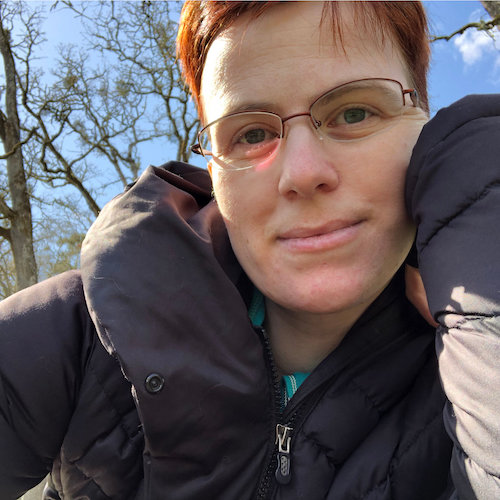
Hey there! If you're new here, welcome to the Emmaverse! 🌈✨
About me: I'm autistic/ADHD and I write about how to be free and happy from the inside out.
Keep in touch?
Self-Liberation Society


